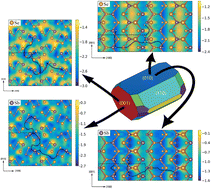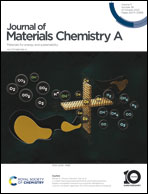Theoretical studies on surface kinetics and growth properties of Sb2Se3 and Sb2S3
Abstract
Sb2Se3 and Sb2S3 are two kinds of emerging thin-film solar cell absorbers that have received enormous attention recently. In order to improve their solar energy conversion efficiencies, one needs to enhance the ability of controlling the growth orientation and the formation of intrinsic defects, for which understanding the growth mechanism is an essential prerequisite. However, even the basic properties of surface kinetics of the materials have not been revealed yet, not to mention their growth characteristics. In this work, we systematically investigate their intrinsic adsorption, diffusion and growth properties by combining the first-principles calculations and the crystal growth theory. The potential energy surfaces and the optimal diffusion pathways of the intrinsic adatoms, Se/S and Sb, on (001) and (010) surfaces are calculated. According to the adsorption properties, we find that these surfaces remain as F-faces under typical experimental conditions, which means that their growth originates from 2D-nucleation. The growth rates of both LBL and ML modes on these two surfaces are estimated according to the nucleation and growth theory. Comparison between the theoretical results and the experiments can give rich information about the growth orientation as well as the growth modes.



 Please wait while we load your content...
Please wait while we load your content...